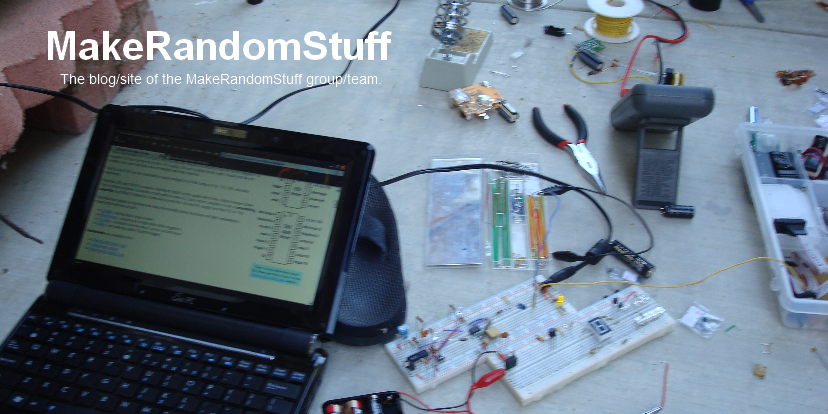 After confirming that it worked, I figured I would try to minimize things, and since I wouldn't be using the joystick portion, I removed it. Unfortunately, the process of doing that resulted in the loss of some SMD components, and the Nyko board stopped functioning correctly. It's not totally broken, as the accelerometer still reports data, it's just very slow and unresponsive at times now. There goes $9. (I did salvage the two buttons, the motor, and the joystick, so I guess it's not a total loss)
After confirming that it worked, I figured I would try to minimize things, and since I wouldn't be using the joystick portion, I removed it. Unfortunately, the process of doing that resulted in the loss of some SMD components, and the Nyko board stopped functioning correctly. It's not totally broken, as the accelerometer still reports data, it's just very slow and unresponsive at times now. There goes $9. (I did salvage the two buttons, the motor, and the joystick, so I guess it's not a total loss)At first, I was worried because now neither device was responding. After double checking power and data connections, I logically figured out the problem was switched SCL and SDA lines. What had thrown me off was the fact that the Gigaware nunchuck board is mislabeled, with those two lines switched. I did get it working in the end, though.
Now I have a nice and tidy sensor package with convenient mounting holes, ready to be put into use. As a bonous I also get 4 buttons and two 2-axis joysticks.
Sensor costs: $18 for the Wii Motion Plus and $8 for the Gigaware Nunchuck = $26 isn't bad for a 6DOF IMU (for the same functionality as this $60 product, no offense Sparkfun...) [$36 if you count R&D for the Nyko Nunchuck...)










